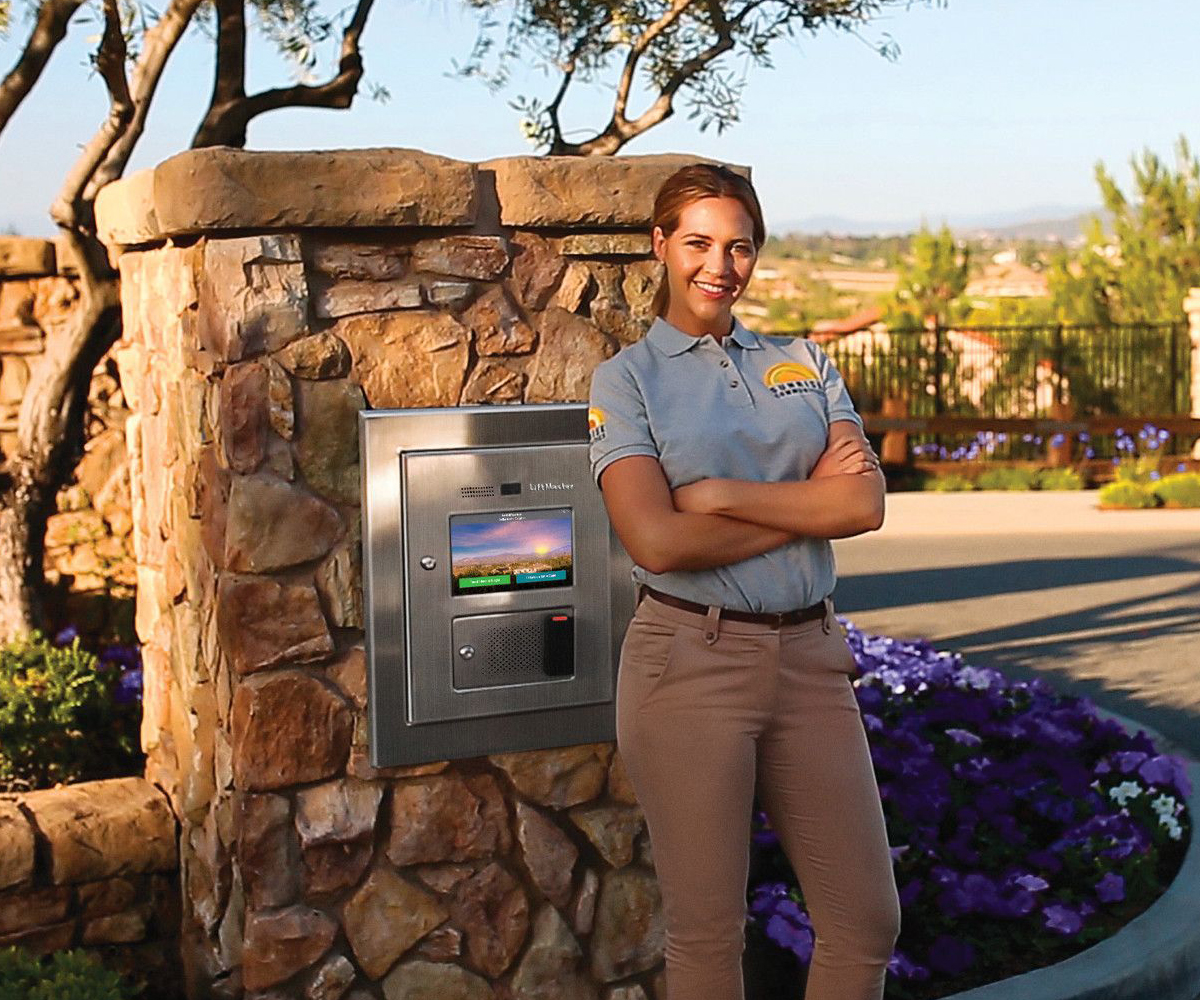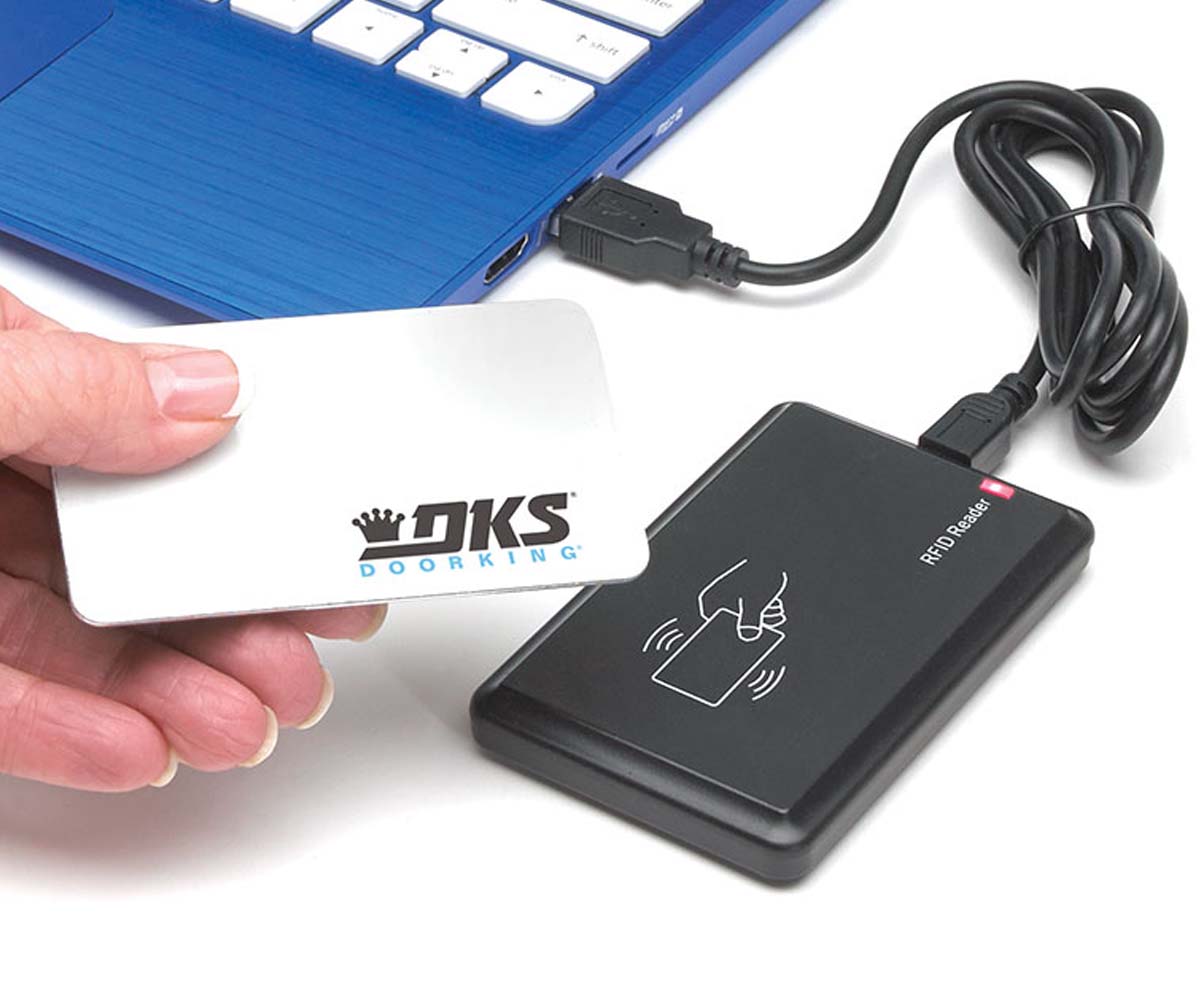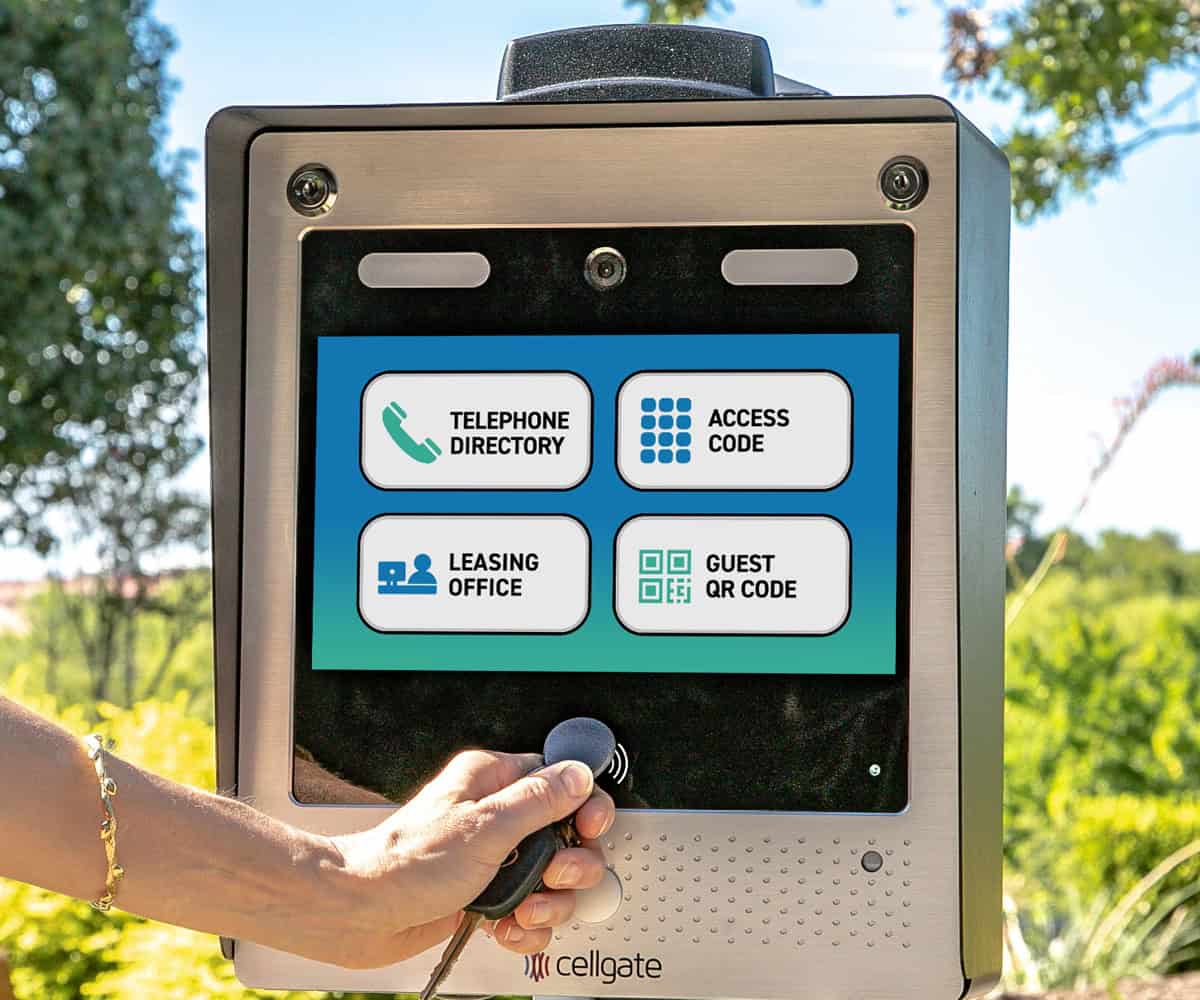Businesses struggle more and more in protecting their workers, critical data, and physical assets in the always-changing security scene of today. Conventional lock-and-key systems are insufficient for modern facilities or businesses running several sites specifically. This is where access control card readers and wireless access control systems—which provide a strong, scalable, and clever solution catered to current security needs—are helpful tools.
In this blog, we look into whether wireless access control systems really do protect businesses better than traditional systems. We will examine closely their operations, main advantages, industrial use cases, and how they may be the next major security investment for your company.
Understanding Wireless Access Control Systems
Without physical locks or hardwired components, a wireless access control system is a security solution that controls who may enter or leave a site. Wireless access control unlike conventional systems, does not rely on fixed wiring between doors and central control panels. Instead, it interacts with access control card readers, mobile devices, or biometric scanners via wireless communication protocols such as Wi-Fi, Bluetooth, or Zigbee.
These systems usually consist of:
- Automated locks
- Wireless card readers
- Certified devices (key fobs, cards, cellphones)
- Interfaces for management software and clouds
How Do Access Control Card Readers Work?
The gatekeepers of limited regions are access control card readers. Reading the information kept on access credentials—such as RFID cards or mobile badges—they interact with the control system to either permit or restrict access. These readers are perfect for spread facilities, as wireless integration lets them be nearly anywhere—indoors or outdoors.
Why Traditional Security Systems Fall Short
While traditional systems (like physical locks or basic intercoms) were once adequate, they now struggle to meet the demands of modern business environments. Here are common limitations:
- Limited scalability – Adding new users or entry points often requires costly rewiring.
- Inefficient management – Lost keys or employee turnover means constant key replacements or rekeying.
- No audit trail – Physical locks don’t keep records of who accessed an area and when.
- Lower flexibility – Temporary access or remote control is nearly impossible.
These shortcomings highlight why many organizations are upgrading to wireless solutions that offer greater control and convenience.
Benefits of Wireless Access Control Systems for Business
Turning to a wireless access control system has several benefits that improve operational effectiveness as well as security.
1. Scalability and adaptability
Wireless access control solutions scale with your company regardless of the size of the single facility you oversee or the multi-site enterprise. There is no effort involved in adding or deleting users, changing access permissions, or including new entrance points—that is, in terms of intrusive construction.
2. Remote Control of Management
One of the most remarkable aspects is the remote management of the whole system. Facility leaders can:
- Lock or unlock doors with smartphone applications.
- Change user credentials in real time, either adding or deleting.
- Track access activities over several sites.
This helps particularly with monitoring off-site contractors or access after hours.

3. Enhanced Tracking and Security
Wireless technologies allow real-time tracking and alarms for attempts at illegal access. Combined with access control card readers, companies can:
- Keep track of staff arrival times.
- Stop tailgating.
- Get quick warnings about security issues.
4. Reporting and Audit trails
Complete logs of all access occurrences help companies. This assist in:
- Examining events
- Auditing compliance ( PCI-DSS, HIPAA, etc.).
- Staff workflow optimization
5. Compatibility with Different Systems
Systems of wireless access control can be coupled with:
- CCTV-based video surveillance
- Alert devices
- Tools for time and attendance
This builds a cohesive security ecosystem with improved situational awareness and reaction capacity.
6. Cost-Effective Installation
Because there’s no need for extensive wiring, setup costs are significantly lower. Maintenance is also easier, as components can be replaced or upgraded without disrupting operations.
Real-World Applications: Who Benefits the Most?
Wireless Access Control Systems are beneficial across various industries. Here’s how some sectors are using them effectively:
- Corporate Offices
- Healthcare Facilities
- Educational Institutions
- Retail and Warehouses
- Property Management
Wireless vs. Wired: The Key Differences
| Feature | Wired Access Control | Wireless Access Control |
| Installation Complexity | High (requires cabling) | Low (minimal wiring needed) |
| Scalability | Moderate | High |
| Maintenance | Disruptive | Seamless |
| Cost | Higher (labor/materials) | Lower overall |
| Remote Management | Limited | Comprehensive |
| Flexibility | Rigid | Highly flexible |
| Integration Capabilities | Often limited | Easily integrates with other systems |
Addressing Common Concerns About Wireless Security
“Aren’t wireless systems more vulnerable to hacking?”
It’s a valid concern. However, today’s wireless access systems use:
- End-to-end encryption
- Two-factor authentication (2FA)
- Role-based access controls
- Tamper alerts and logging
These features make them just as secure, if not more so, than wired systems.
“What if the internet goes down?”
Many wireless systems offer offline functionality. Local authentication allows card readers to grant access based on cached credentials, and access logs sync automatically once connectivity is restored.
Choosing the Right Wireless Access Control System
When selecting a system, consider the following factors:
- Compatibility with existing infrastructure
- Cloud vs. on-premise management
- Support for multiple credential types (card, mobile, biometric)
- Vendor support and reliability
- Compliance with industry standards
If you’re unsure where to start, working with a reputable provider can help you navigate the technical landscape.
Why Choose R3 Access for Your Business Security?

At R3 Access, we specialize in delivering custom wireless access control systems tailored to your business needs. Our solutions feature:
- State-of-the-art access control card readers
- Seamless cloud integration for remote management
- User-friendly interfaces and mobile access
Whether you are building a new system from scratch or upgrading an old one, our staff guarantees a seamless transfer to wireless access control supported by top industry-leading support and continuous servicing.
Get in touch with us right now for a free consultation to see how we could better, quicker, and more cleverly assist in safeguarding your company.
Final Thoughts
Security is about making sure the correct people have access at the correct moment, with perfect transparency and control, not only about excluding invaders. Combined with smart access control card readers, wireless access control systems provide a contemporary, scalable answer for companies trying to improve their security posture without sacrificing comfort or flexibility.
Your defenses should change as threats do. Today, make the wise change to wireless access control.
Want assistance in protecting your company?
Go to R3 Access to find further information and arrange a customized security evaluation.


